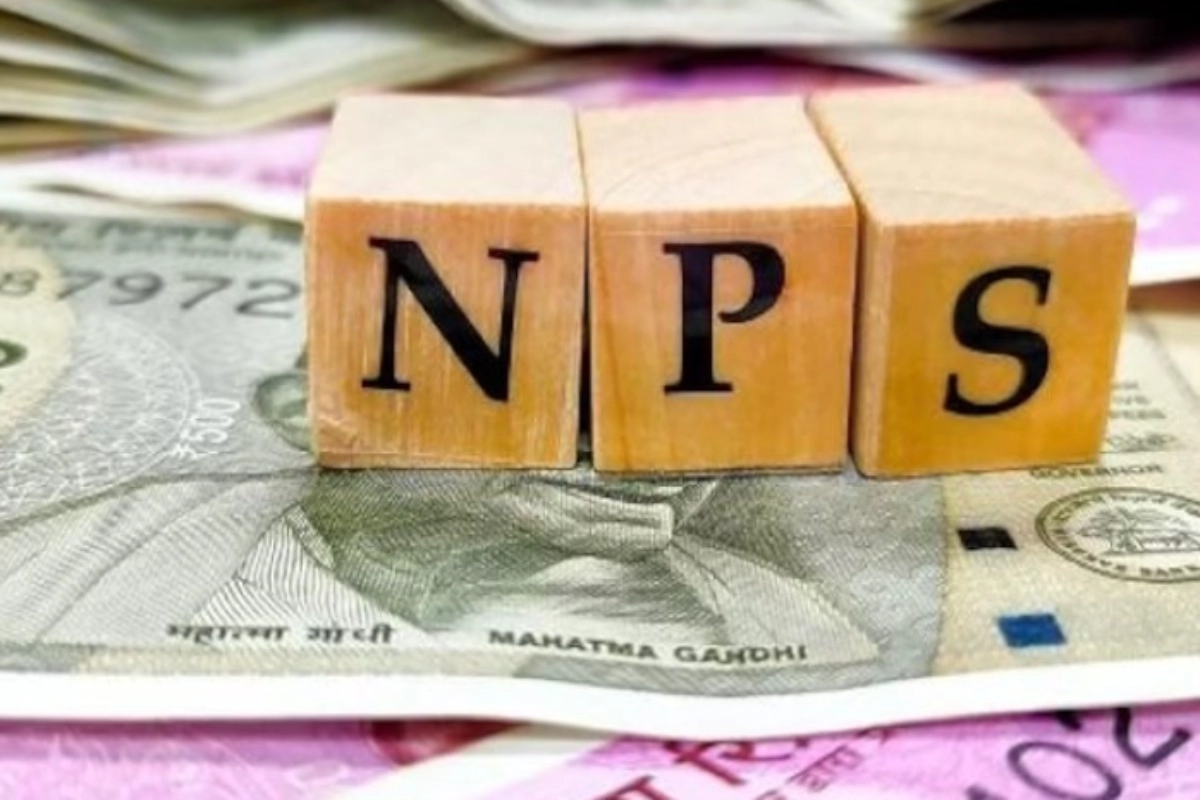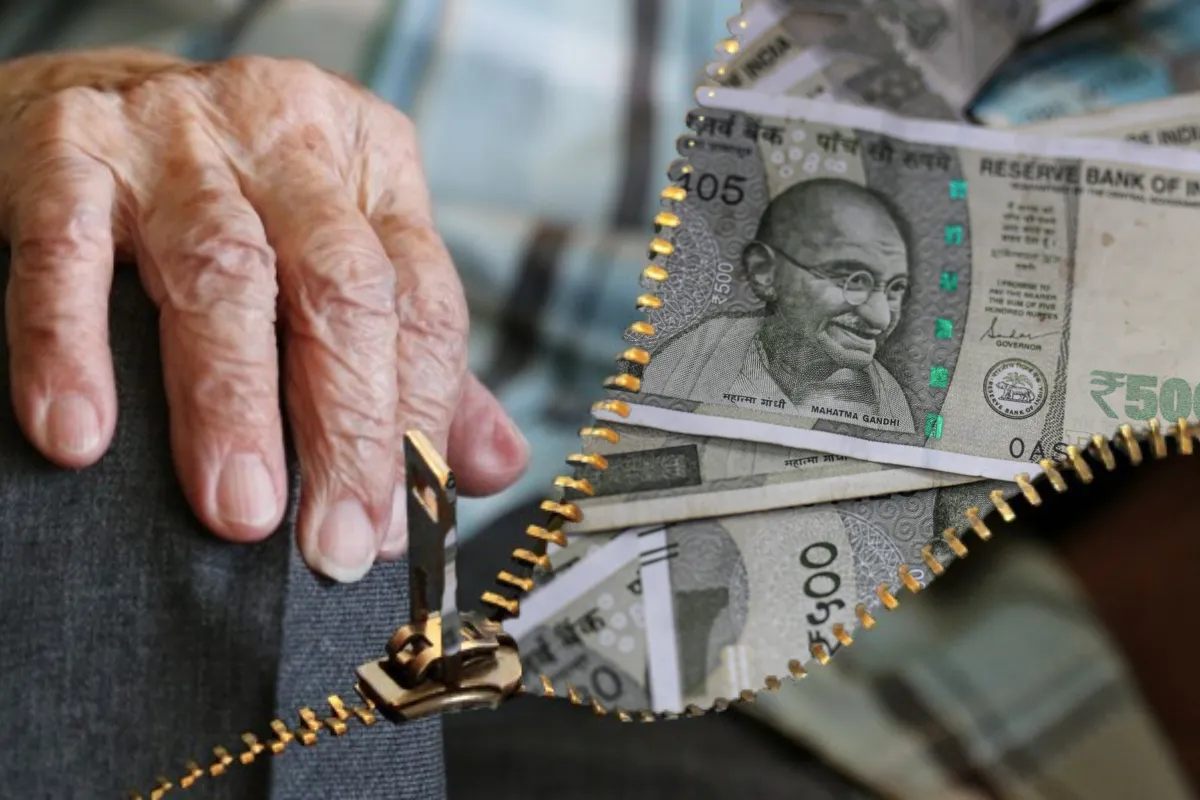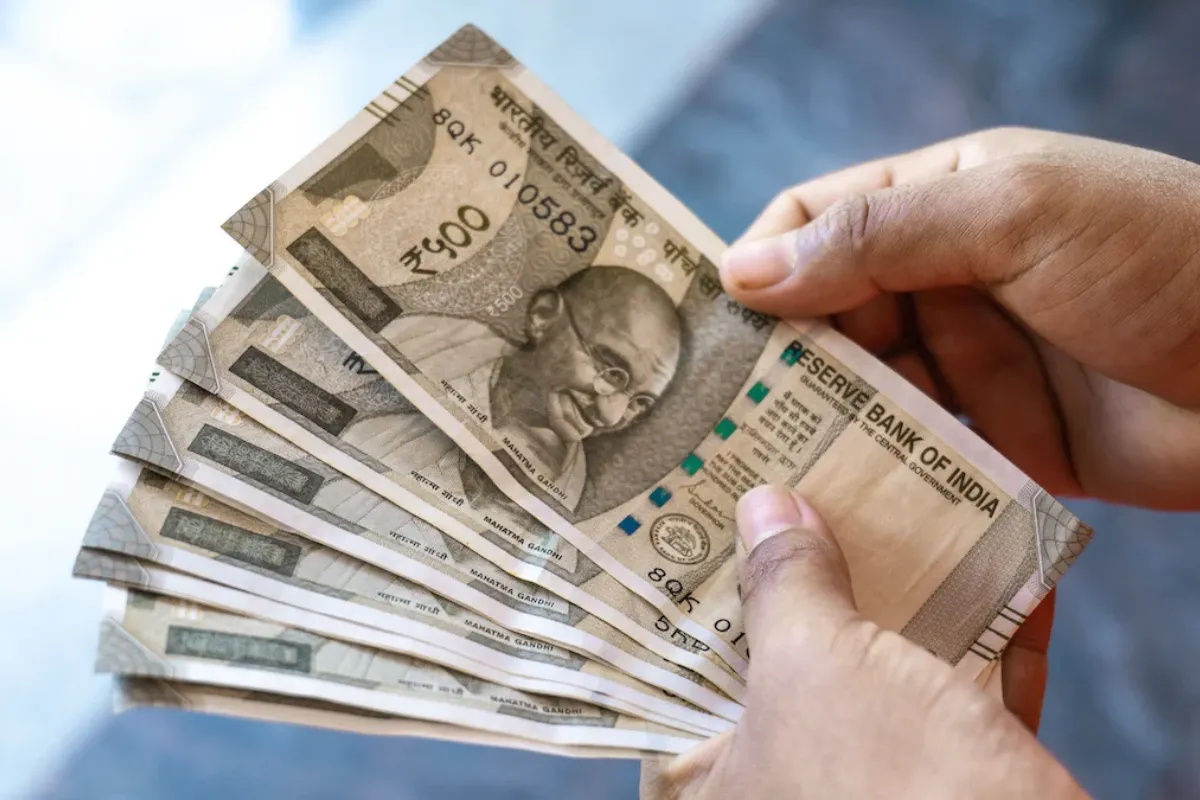NPS Rules: The National Pension System (NPS) is in the process of incorporating new regulations. This will make it incredibly simple and advantageous for the employees covered by NPS to take money out. To implement these changes, the Pension Fund Regulatory and Development Authority (PFRDA) has fully prepared.
Introduction of Systematic Lump Sum Withdrawal (SLW)
In a circular published on October 27, 2023, PFRDA made it known that it will begin implementing Systematic Lump Sum Withdrawal (SLW) for money withdrawals made beyond the deadline by amending Rules 3 and 4. As a result, holders of NPS accounts will have the ability to withdraw up to 60% of their pension fund deposits. You can choose to withdraw money from SLW on a monthly, quarterly, half-yearly, or annual basis until you reach the age of 75.
Comparison to Mutual Fund SWP
Simplifying our understanding, it is comparable to the mutual fund industry’s Systematic Withdrawal Plan (SWP). Individuals falling under the purview of NPS will have the option to withdraw funds at any time period of their choosing. Under this, the retired employee will get continuing payments until they turn 75 years old, regardless of the option they select from their 40% fund after turning 60. The remaining 60% of the fund may be withdrawn all at once or in installments under SLW. Pensioners will still receive their monthly benefits thanks to SLW. This will guarantee that they won’t be saddled with debt when they retire and that they will have a steady income. You will only have to select the choice once during this process.
Benefits for Those Seeking Fixed Income
This plan will be very helpful to those who desire a fixed income even after retirement. You can take use of this benefit when you decide to retire. Under the direction of PFRDA, the Government of India oversees the NPS programme. NPS makes investments in a variety of securities, such as corporate bonds, government securities, and stocks. NPS maintains the strength of its retirement fund in this way.
Keep watching our YouTube Channel ‘DNP INDIA’. Also, please subscribe and follow us on FACEBOOK, INSTAGRAM, and TWITTER.








